You probably will have a few options for venting a pellet stove. Most pellet stoves require type “L” vent pipe. Many will have a 4” vent pipe requirement. L-vent uses a small air space between a stainless steel inner pipe and a galvanized outer pipe. Since the exhaust on pellet equipment is pressurized, all joints between pipe components must be siliconed or have a tight, gasketed/sealed connection.
Pellet stoves can be vented vertically through the roof or horizontally through a side wall. It’s always a good idea to get some vertical rise with the L-vent pipe, before venting horizontally through a side wall. If power is interrupted while the stove is operating, there will be a natural draft established with a bit of rise in the vent profile. This will help to remove the smoke from the stove if there’s a power failure or little hands accidentally unplug the stove from the wall outlet. This vertical rise can be achieved inside before the vent pipe is exited through the sidewall, or outside if you prefer an installation with no pipe showing inside. Inside or out, usually 3 or 4 feet of rise is sufficient.
If you plan to replace a wood burning stove with a pellet model, another venting option is to use the existing chimney for the wood stove. Rigid L-vent pipe can be installed from the pellet stove to the chimney. Special adapters at the chimney will allow a 4” flexible, stainless steel pipe to be installed up the chimney. Your dealer can help you evaluate your best venting option.
Never use PVC pipe, gas vent pipe, dryer vent pipe or single wall black stove pipe to vent your pellet stove.
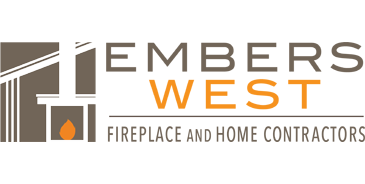
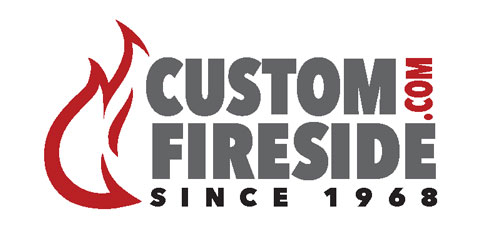
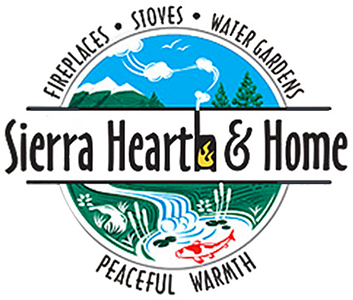

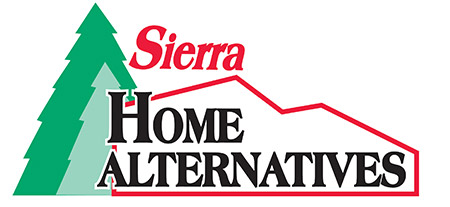


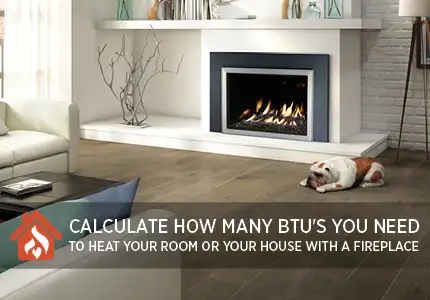

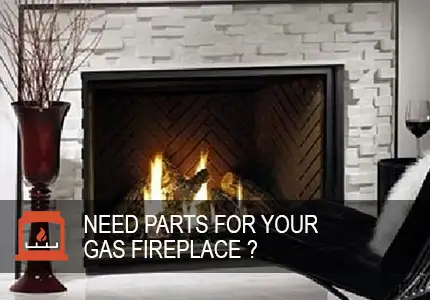
14 Responses